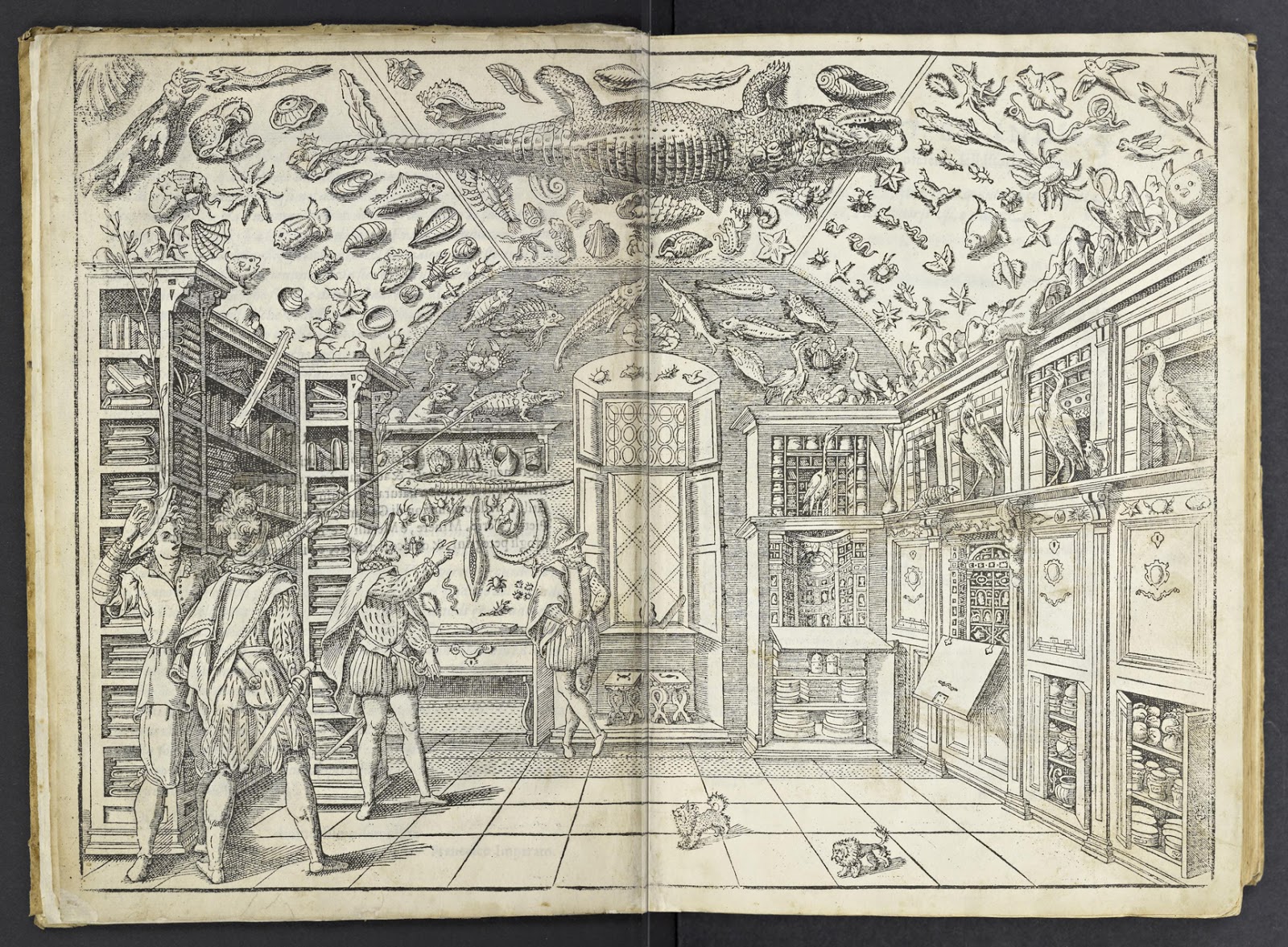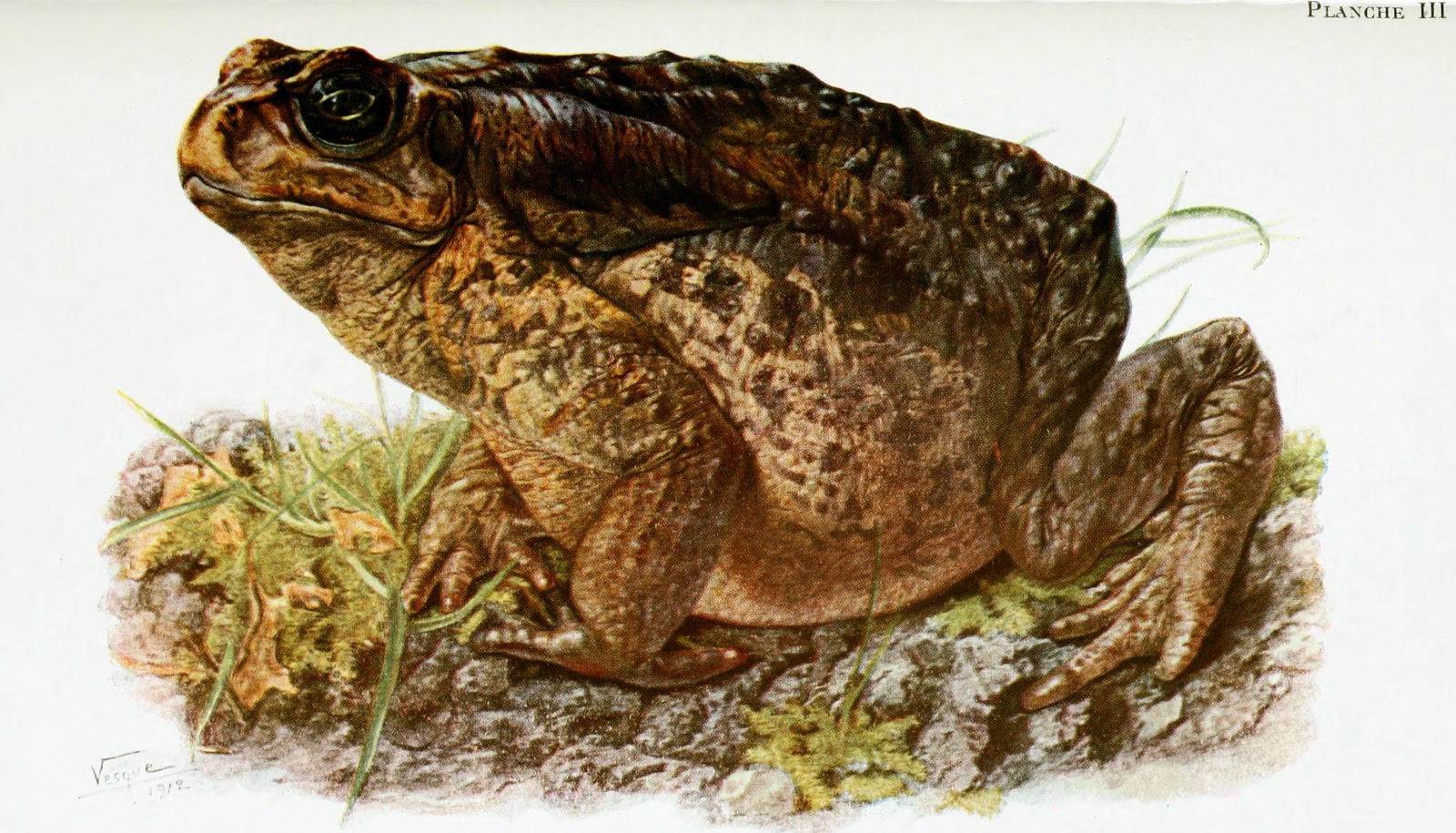The Good, the Bad, and Pest Control
Book of the Week: Dell’historia Naturale and the History of Pest Control
 |
| Early depiction of “pests,” from Dell’Historia |
Pest Control management has a long, somewhat sordid history. Dating back thousands of years, management methods include the use of predatory populations, environmental adaptations, mechanical inventions, chemical pesticides, and sometimes significantly more mystical techniques. For instance, curious sixteenth-century instructions for pest management occurs in our book of the week, Dell’Historia Naturale. Regardless of the approach employed, it was not until the 1950s that humans began to seriously investigate the effects of some of these control methods on a large-scale basis. Come with us as we explore the good and bad history of Pest Control.
Welcome to the World of Pest Control
Pest control methods have been in place for thousands of years. The use of chemical pesticides dates back to 4,500 years ago, when the Sumerians used sulfur compounds as insecticides. As early as 1200 B.C., the Chinese used predatory ants to control caterpillar and wood boring beetle populations in citrus groves. Homer’s Iliad describes the use of fire to propel locust swarms to the sea. The Greek philosopher Pythagorus instructed a Sicilian town to drain its marshes in the sixth century B.C. in order to eradicate a malaria outbreak. In the 1700s, German physician Ernst Bruckmann designed the first mechanical fly and flea traps, which involved the use of bait to lure insects into wooden boxes or perforated cylinders, which were spring loaded to snap shut under the weight of several unlucky specimens in search of an easy meal. The flea traps became so popular that they were worn around the necks of the aristocracy in the eighteenth century.
 |
| Imperato’s Cabinet of Curiosities |
Very early directions regarding pest management were given by Ferrante Imperato in our book of the week, published in 1599. Imperato was a Naples apothecary and one of the first to correctly outline the process by which fossils are formed. His masterpiece, Dell’Historia Naturale, presented the first pictorial representation of a Renaissance humanist’s “Cabinet of Curiosities,” or natural history research collection. The collection was Ferrante’s own, and it displayed herbarium, shells, birds, sea creatures, fossils, marbles, and gems. Described as a catalogue, Dell’Historia Naturale contains information on not only Ferrante’s Cabinet, but also instruction on alchemy, mining, animals, and plants. Particularly relevant to our post today, the pages contain some of the first published instructions, however dubious, on pest management: how to eliminate flies from a home. He dictates,
“…draw the image of a fly…on a copper plate during the second half of the constellation of Pisces…then bury it in the center of your house (during) the first half of the constellation of Taurus.”
While the efficacy of Ferrante’s method, and many similar methods rooted in superstition or mysticism, are clearly questionable today, various other ancient methods, such as the use of arsenic by the Chinese, rotenone in South America and Asia, or lime and copper mixtures in France, clearly have foundations in scientific reasoning. Since the time of Imperato, our pest control methods have become somewhat more sophisticated and can be grouped into two broad categories: natural and artificial. Natural methods, such as geographic barriers or introducing predator populations, involve environmental factors that keep pest populations in check. In contrast, artificial methods, like traps or insecticides, manage populations through human-created products or processes that affect the pest’s distribution, behavior, or physiology.
The use of chemical pesticides became especially widespread in the early to mid-1900s. This was facilitated not only by the increased development of chemical mixtures, like DDT, hydrogen cyanide, or lead arsenate, but also profuse mechanical methods by which to deploy them, including pressure sprayers, aerial dispersal, and steam, mechanical, and horse-powered equipment. Most were so excited about the apparent effectiveness of these methods that few questions were raised regarding the potential side-effects.
Pest Control Gets Complicated: The Fire Ant, The Cranberry, & DDT
In the 1950s, the detrimental effects of pesticides began to receive significantly more publicity. In 1957, the USDA initiated a fire ant eradication program which involved the aerial spraying of DDT and other chemical pesticides. First synthesized in a lab by an Austrian chemist in 1874, DDT (dichlorodiphenltrichloroethane) is an organochlorine insecticide which opens sodium ion channels in neurons in insects, leading to spasms and eventual death. DDT was extremely effective in controlling pest populations for a time, although species in many locations eventually developed resistance to the compound. Furthermore, observations showed that chemical solutions were poisoning more than the intended victims – noticeably birds – and infecting crop populations, such as cranberries, which, during the Great Cranberry Scandal of 1957-59, were shown to contain high levels of herbicide aminotriazole, which caused cancer in lab rats. Many began to question the safety of such widespread use of chemical pesticides, and some began filing suits to have large-scale spraying stopped.
A Better Way to do Pest Control?
 |
| Rachel Carson |
By 1958, prominent natural history author Rachel Carson was alarmed by the reports she’d heard regarding the dangers of chemical pesticides, particularly as regarded the fire ant eradication program. Her interest already piqued by these developments, Carson then received a letter from her friend Olga Owens Huckins detailing the death of numerous bird species near her home after an aerial spraying of DDT. Emboldened, Carson decided to focus on environmental issues in her writing, particularly the detrimental use of pesticides on the environment.
Carson spent four years gathering research on the ecological damages caused by pesticides, as well as human illnesses resulting from their use. In 1962, beginning with a serialization in The New Yorker, Carson’s resulting work Silent Spring released on the printed page. A full book, complete with illustrations by Lois and Louis Darling, was published in September 1962. The title evoked contemplation of a bleak future when no bird songs fill the air, as pesticides have killed them all, and springs are silent.
As a result of Silent Spring, President John F. Kennedy launched an investigation in his Science Advisory Committee to investigate the book’s claims. The Committee found Carson’s arguments valid, and an immediate strengthening of chemical pesticide regulations ensued, including a ban of DDT in 1972. According to Charles Dewberry of Gutenberg College, Silent Spring “may be the most important book in the formation of the environmental movement of the 1960s.” Indeed, Silent Spring was recently named one of the 25 greatest science books of all time by Discover Magazine.
The Current State of Pest Control
Today, chemicals are still the most prominent pest control method. Carson’s work inspired ardent criticism by many, who claim that she selectively presented only that evidence which supported her case and that tens of millions have died needlessly as a result of the ensuing restrictions on DDT. Clearly, all pest control methods must be investigated according to the positive and negative consequences of their use, and this must include examination of long-term effects. Furthermore, as Carson herself outlines in Silent Spring, even should chemical pesticides remain in use, their application must be selective, as indiscriminate, widespread use will only result in resistance in the pest populations – an effect seen in DDT use.
 |
|
| The Cane Toad, an introduced predator in Australia causing unintended consequences | . |
Nevertheless, natural and biological pest control movements have seen renewed support with the advent of Silent Spring and other awareness programs. Even these solutions, however, must be employed selectively, as the introduction of predator populations to control pests may also backfire, as seen in the problematic cane toad populations now plaguing Australia.
Pest control is clearly a multifaceted, complex issue. Perhaps the most effective approach may involve the educated, selective combination of many methods. Regardless, such research only goes to further demonstrate how fragile our planet is, and how, as one connected ecosystem, even the smallest alterations may have long-lasting, and potentially devastating, consequences. Our responsibility is to be good stewards of our uniquely amazing gift: Planet Earth.
* Explore Pest Control in BHL.
* Browse titles on pesticides and insecticides in BHL.
* Investigate more works on biological pest control in BHL.
We hope you enjoyed this post. Interested in guest-blogging for BHL? We’d love that! Natural history, biodiversity and conservation topics are especially welcomed. Email us your ideas at feedback@biodiversitylibrary.org.
Special thanks to Don Wheeler, Librarian, New York Botanical Garden, for his consultation on this post.





It’s critical to put in place efficient pest control procedures since hoarding can foster the perfect environment for pest infestations. To lessen insect hiding places, start by tidying and cleaning areas. Clean all areas often, paying particular attention to getting rid of rubbish and food remnants that draw rats and insects. Food should be kept in airtight containers, and leaks should be quickly fixed to stop the flow of water. To keep pests out, seal holes and crevices in the walls, flooring, and around windows. For more serious infestations, use professional pest control services and devices like baits and traps. In cases of hoarding, keeping an atmosphere tidy and orderly is essential to preventing and managing pest issues.
We had the same problems ourselves since the home owners association from our suburbs are not getting pest control which should be done monthly in my opinion. So what my husband and I did was, we hired our own pest control.
Since then, the problem on pest control has been so serious that needed more focus and attention by the home owners themselves. At first, we might take them for granted and just ignore them but they are more serious that what we think of them.
The history about pest control is incredible. I am glad that people now are doing whatever they can to find an alternative to chemical pesticides. Pests control management is really complicated so people should be aware of the substance that they are spraying to their plants.
Great information on the history of pest control. I agree that a lot of companies now use harmful or inefficient chemicals. However, some companies pursue more environmentally-friendly pest control management in which chemicals are only used sparingly or not at all.
Excellent idea and very creative, thanks for keeping us informed, you have contineu writing great content.
The Dedetizadora thanks, bye.
That's very nice post,this is very informative,thanks for sharing.Pest control in
We're so excited to hear that you found pictures for your Halloween Party! Our primary objective for our blog posts is simply to let people know about all the great content we have in BHL! Regardless of what the main topic of the post is about, if you find something that interests you, whether specifically related to our headline or not, we're thrilled! Hell'historia Naturale is a FANTASTIC title! Have fun at your Halloween Party! You may also be interested in the collection of other creepy, Halloween-appropriate illustrations in our Flickr: http://www.flickr.com/photos/biodivlibrary/sets/72157628018933476
This is probably not what you had in mind when you guys wrote this post but I actually found
"Dell'historia natvrale" a great resource for creepy pictures of bugs for my halloween party. Thank you for pointing me to this resource! I would not have discovered it otherwise.